Struggling to find smart ways to organize that awkward corner in your room or workspace? You can transform unused corners into highly functional storage areas with just a few clever DIY solutions. With a bit of creativity and planning, these tricky spaces become valuable spots for keeping your supplies tidy and accessible.
Whether you’re thinking about adding floating shelves, custom-built cabinets, or flexible storage bins, corners offer endless possibilities that suit your style and needs. Simple changes can make the most of your space while keeping everything within easy reach.
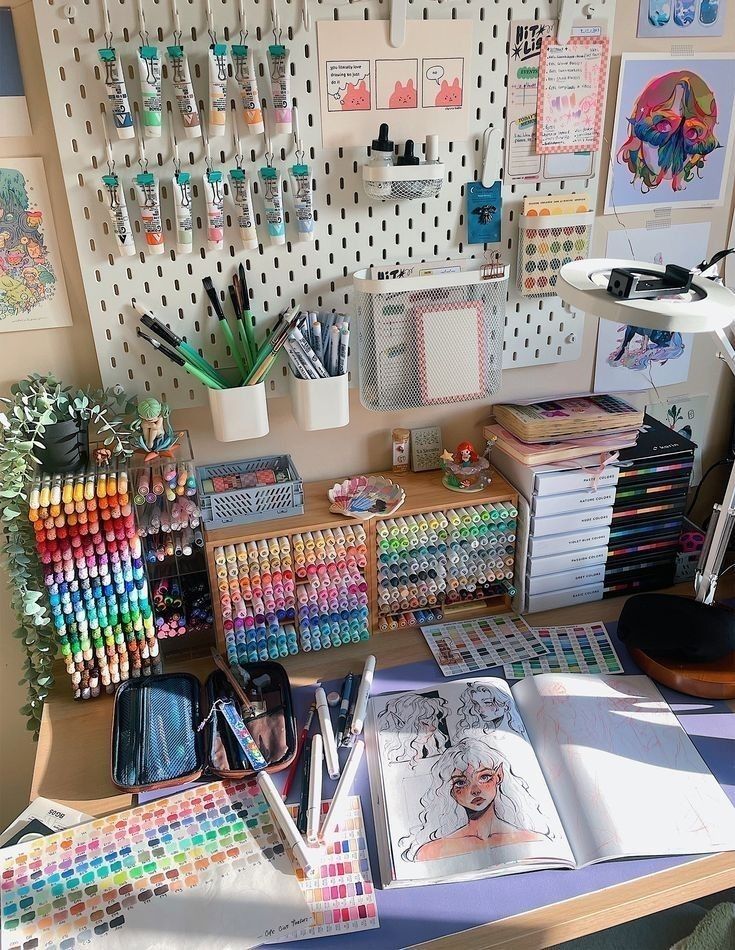


Key Takeaways
- Smart planning helps you use every inch of corner space.
- DIY corner storage projects are both functional and stylish.
- Keeping your corner storage organized ensures long-term usefulness.
Planning Your DIY Corner Storage
Choosing the right approach to organizing a corner depends on understanding your space and your needs. Careful planning helps maximize space and create practical storage areas that fit your lifestyle.
Assessing Corner Spaces
Begin by looking closely at your corner space. Take note of any obstacles such as baseboards, radiators, or outlets, as these features might affect your shelf or storage design.
Think about both vertical and horizontal space. High shelves can take advantage of unused wall area, while lower storage keeps items within easy reach.
Consider the condition and stability of your walls. Some corners may not support heavy loads without additional reinforcement. Identifying wall studs and checking for moisture or uneven surfaces helps prevent future problems.
Take photos or make a quick sketch of your corner. This visual reference will help you compare storage options and track important details as you plan your project.
Setting Storage Goals
Define what you want to store in your corner. Make a list of specific items such as books, plants, kitchen tools, or decor. Knowing your goals will guide your design decisions and help you choose suitable materials.
Decide if you need open shelving, closed cabinets, hooks, or a mix. Each option has its benefits—open shelves work best for display, closed cabinets hide clutter, and hooks can hold bags or coats.
Rank your storage priorities. For example, items you use most frequently should be easiest to reach. Rarely used items can be stored higher up or behind closed doors.
Keep style and practicality in balance. Think about finishes, colors, and hardware that match your room while still offering practical storage. A clear set of goals will simplify later steps.
Measuring and Sketching Layouts
Careful measurement is key to a successful DIY corner storage solution. Use a tape measure to record the height, width, and depth of your corner space.
Measure twice to avoid mistakes—note any slopes or irregularities. Pay attention to the space above baseboards and under ceilings as these areas can often be used for extra storage.
Create a simple sketch or layout plan. Label your measurements and mark obstacles. If you’re building shelves, draw out possible shelf heights and depths to see how they’ll fit.
Consider using graph paper or free online design tools to scale your layout. A detailed plan makes it easier to calculate materials and visualize the finished space before you start building.
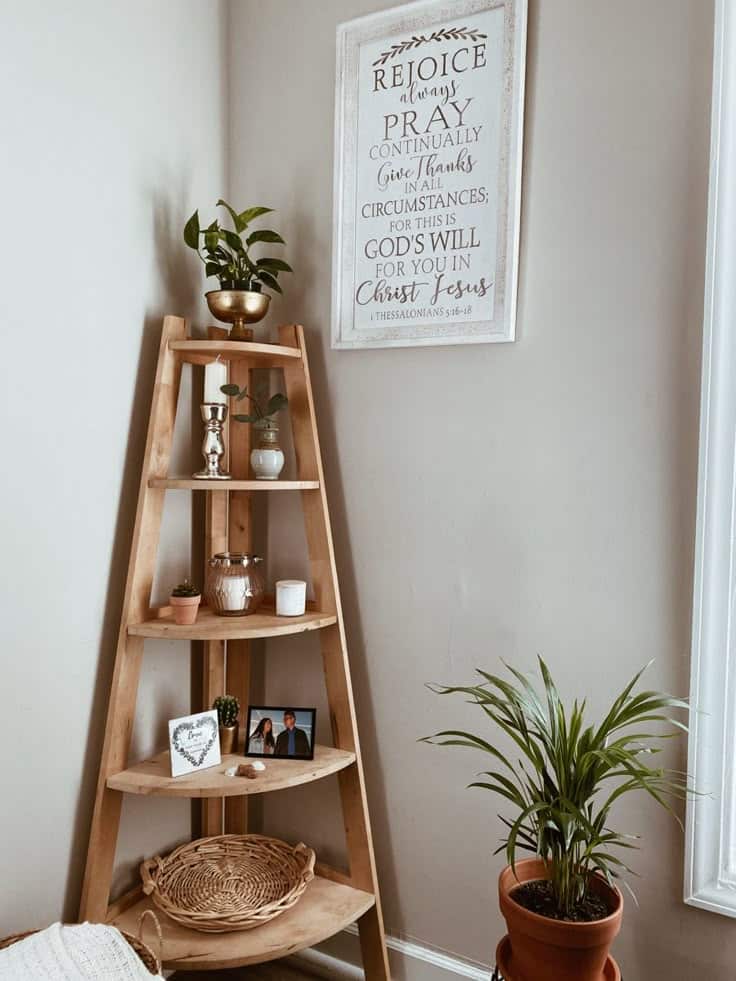
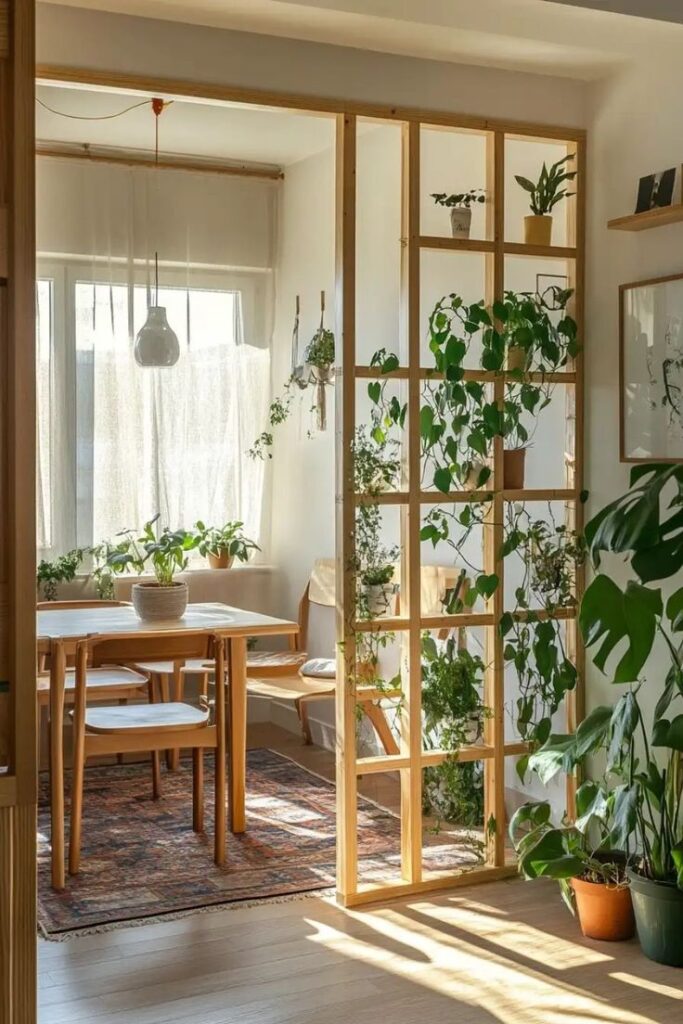
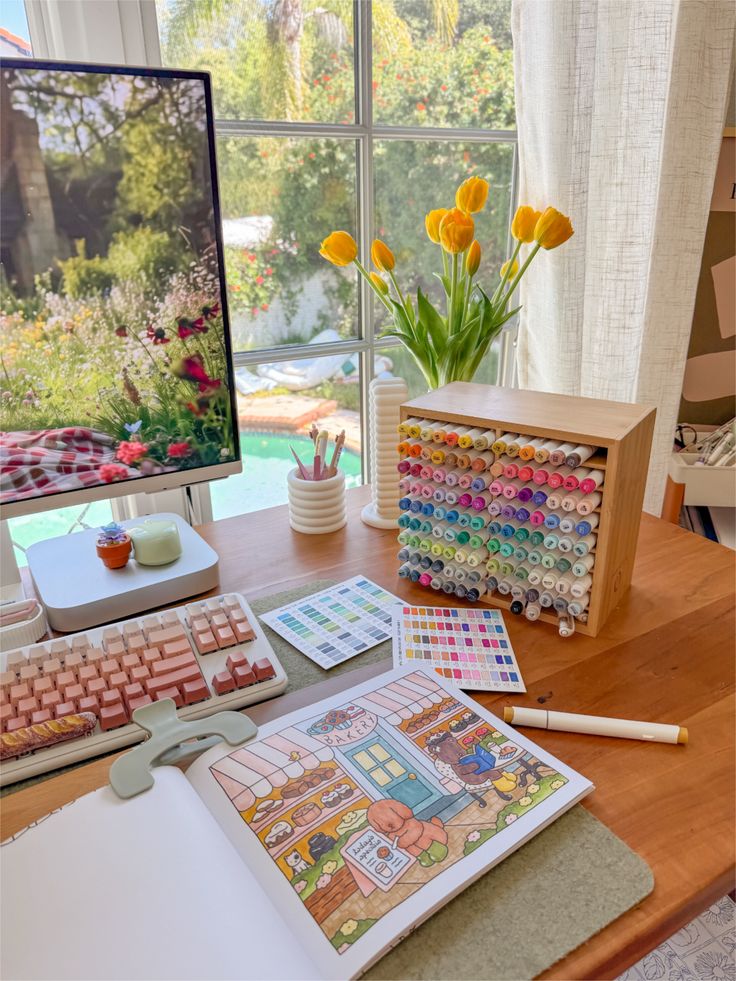
Creative Storage Solutions for Corners
Corners in any room can offer valuable storage if you choose the right solutions. You’ll find options ranging from shelving to multifunctional furniture that let you make use of every inch, all while enhancing both organization and style in your DIY corner.
Corner Shelving Options
Corner shelves are a staple for maximizing vertical space. You can use floating shelves for a minimalist look, or choose wooden corner shelves for a warmer touch. L-shaped built-in shelves let you take advantage of awkward angles and can hold books, plants, or decorative items without intruding on main living space.
Display shelves are ideal for showcasing small collectibles, framed photos, or greenery. Ladder shelves fit snugly in corners and offer multiple tiers for books and décor. If you prefer a DIY approach, a custom corner shelf using simple brackets and planks is budget-friendly and easily adaptable to your corner’s dimensions.
For kids’ rooms or play areas, try a toy hammock in the corner to keep stuffed animals off the floor. Consider a corner door shelf for irregular or narrow spaces behind doors, making even unused corners store more than you might expect.
Corner Cabinets and Hidden Storage
Corner cabinets make concealed storage easy. These units fit neatly into corners and can hide clutter or seasonal items. In the kitchen, a corner cabinet with a kitchen bin organizer or rotating shelves lets you store pots, pans, or pantry goods out of sight but within reach.
Laundry areas or bathrooms benefit from corner storage cabinets to hide cleaning supplies or toiletries. For added intrigue, consider a corner shelf with a hidden drawer—the perfect place for stashing small valuables or chargers. You can even explore custom cabinetry solutions to fit unusually shaped corners or to match your home decor.
Storage cabinets with doors work well in entryways, offering space for shoes or bags without looking cluttered. For a balanced look, choose open shelves above the cabinets to display attractive items, blending hidden storage with visual interest.
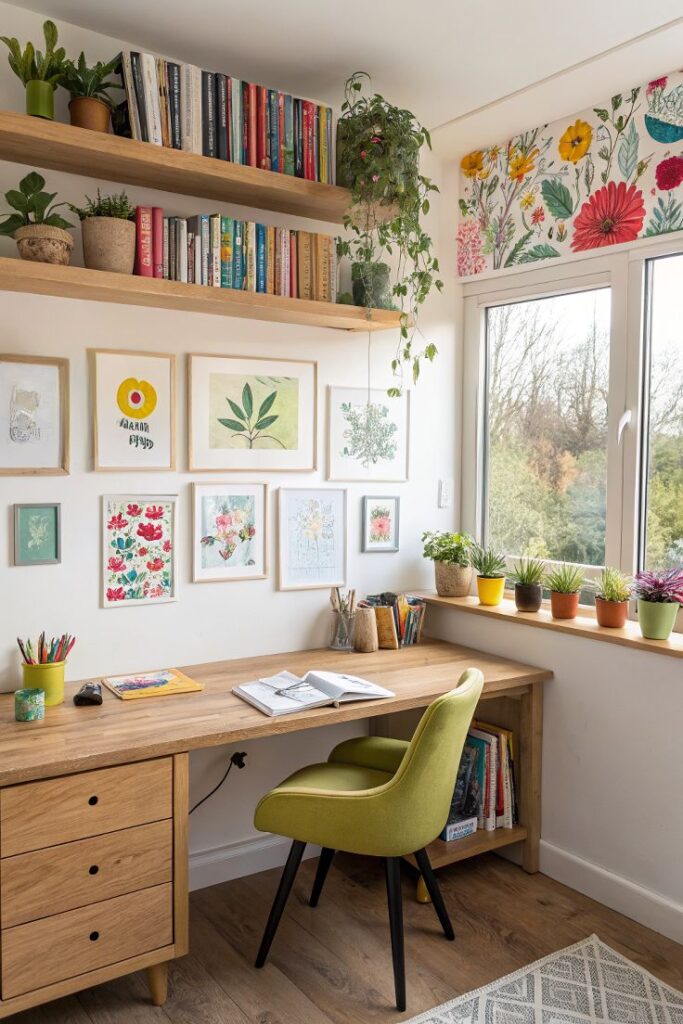
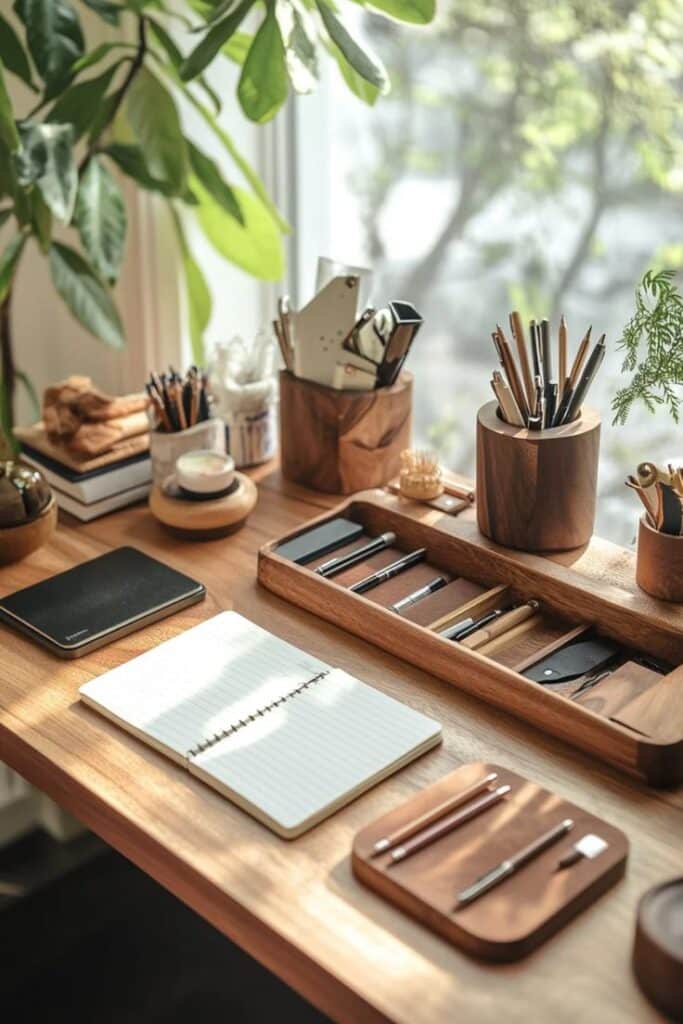
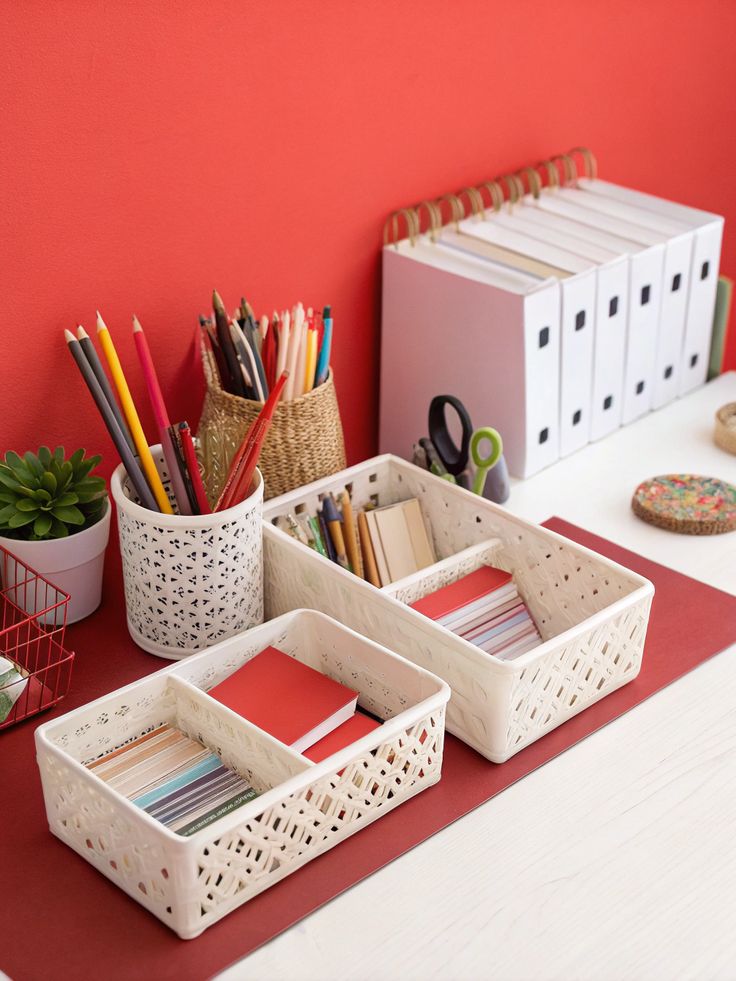
Functional Furniture for Corners
Multipurpose furniture maximizes every inch. A corner bench with hidden compartments underneath doubles as a cozy seating area and extra storage—ideal for entryways, breakfast nooks, or reading corners. Place a few cushions on top to transform it into a lounging spot.
Bookshelves designed specifically for corners keep your collection tidy and easy to access. Combine a corner bookshelf with a reading nook to create an inviting space for relaxation. In small bedrooms or mudrooms, a corner coat rack or clothing rack helps organize outerwear or outfits without using valuable wall space.
Consider a corner storage unit with cubbies or pull-out bins for kids’ playrooms or craft areas. These modular options are easy to move and adapt as your storage needs change.
Decorative Elements for Corner Spaces
Integrating storage into your decor brings both function and style. A corner plant stand livens up a dull corner, while semi floating shelves let you display small plants, art, or candles. Choose finishes that match your existing furniture for a coordinated look.
Mix and match box shelves at varying heights for a fun, modern design. Show off statement pieces or seasonal decorations without crowding flat surfaces. To add visual interest, use a patterned basket or decorative container atop a corner shelving unit for open storage of everyday items.
In entryways, a stylish coat rack or compact ikea shelving unit can elevate the look while offering practical organization. With attention to color, materials, and arrangement, you can make your DIY corner both useful and inviting.


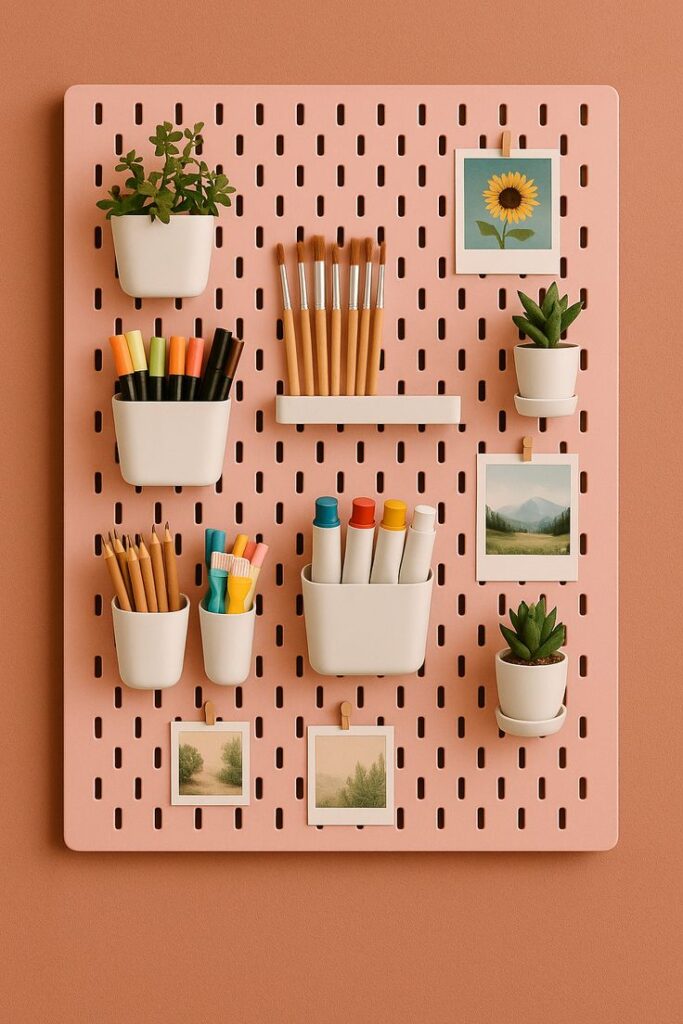
DIY Projects for Corner Storage
Transforming unused corners into storage can be simple and effective using DIY methods. With just a few materials and basic woodworking skills, you can create solutions tailored to your needs and space.
Build a Simple Corner Shelf
A basic corner shelf is one of the easiest woodworking projects you can try. Start by measuring your corner and cutting two triangular shelf pieces from plywood or solid wood. Sand the edges for a smooth finish.
Mounting the shelf requires wall brackets or wooden cleats. Position these supports at the desired height, checking for level alignment. Use wall anchors if you’re not drilling into studs for better stability.
Paint or stain your shelves to match the room’s style. Simple shelves work well for displaying decor, books, or organizing small items. For a more creative look, consider stacking multiple shelves vertically. This approach is an ideal introduction to diy corner shelf projects.
Creating Floating Corner Shelves
Floating shelves offer a minimalist appearance since no support brackets are showing. To build a corner floating shelf, you’ll need two pieces of wood joined at a right angle and a hidden mounting frame (often called a cleat).
Secure the cleat to the wall so it sits snugly in the corner. Slide your shelf over the cleat, fastening it from underneath or behind for a seamless look. Sturdy floating shelves can support books, plants, or kitchen items if mounted properly.
Finishing touches like wood stain or paint allow you to customize to your décor. This project is popular among DIY corner shelf ideas because it maximizes space with a clean look and is suitable for living rooms, bedrooms, or even kitchens.
Assembling a DIY Corner Cabinet
A corner cabinet provides enclosed storage, perfect for hiding away clutter or organizing household essentials. Begin by sketching your measurements and deciding on a design with either shelves or doors, depending on your preference.
For construction, cut panels for the two sides, a top and bottom, and an optional back panel. Use wood glue and screws to connect everything, then add shelves or door hinges as required. For extra durability, reinforce joints and ensure the cabinet sits level in your corner.
Paint or finish as desired. A DIY corner cabinet can make an efficient use of awkward spaces and can be adjusted in size or style, making it a rewarding woodworking project for your home.
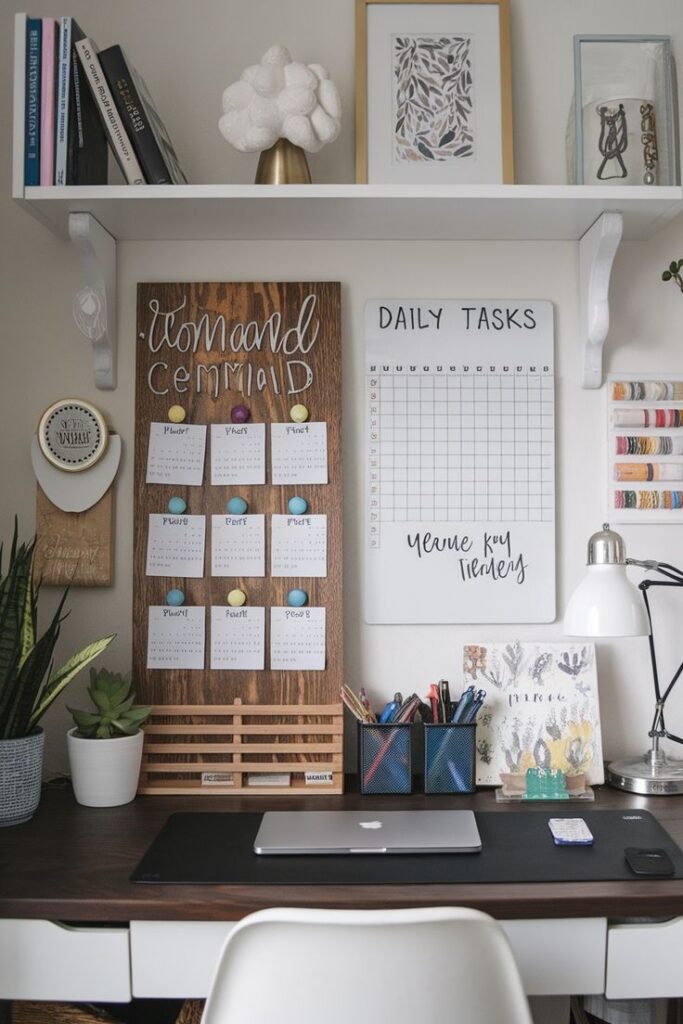

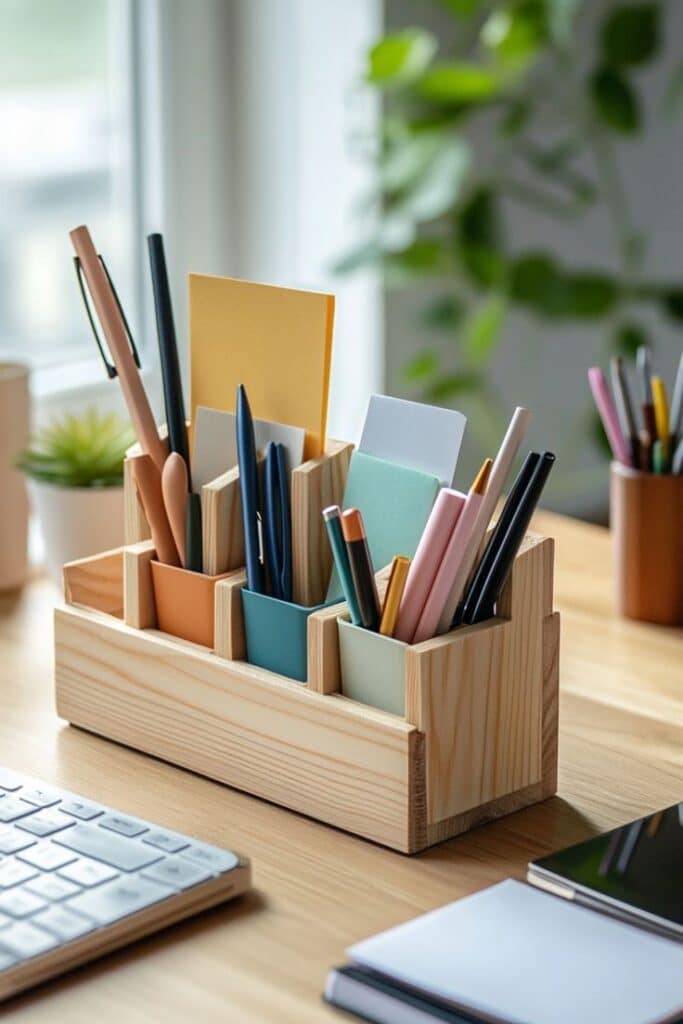
Maximizing and Maintaining Corner Storage
Creating efficient DIY corner storage means making the most of every inch, keeping clutter at bay, and letting your favorite items shine. Prioritize simple organization systems, creative space-saving strategies, and easy ways to display items without losing access or function.
Keeping Your Storage Area Organized
Consistency matters when it comes to organized corner storage. Group similar items together—use labeled bins, baskets, or stackable containers to prevent mix-ups. For kitchen storage, consider dedicated organizers for different categories, such as spices, utensils, or pantry goods.
Install small hooks, racks, or drawer inserts to divide and order supplies for a tidy look. Regularly declutter by removing items you no longer use or need. This keeps your corner cabinet, corner desk, or DIY storage area from getting overwhelmed.
A monthly reset, where you check for expired or excess items, helps you maintain order long-term. It’s easier to stay organized by returning everything to its place after use, especially with labeled containers or a simple chart listing where things go.
Small Space Tips and Tricks
Corners can be awkward, but a bit of creativity goes a long way toward maximizing space. Use a lazy Susan or rotating shelf to give you easy access to hard-to-reach items. Wall-mounted floating shelves take advantage of vertical space and free up the floor.
Opt for multi-level shelving units to squeeze in even more storage without cramming. A fold-down corner desk or a corner bench with built-in storage doubles as seating and stash space. In kitchen storage, try slide-out baskets or pull-out drawers to utilize the full depth of a corner cabinet.
Here’s a sample comparison table to highlight a few corner solutions:
| Storage Idea | Best For | Space Gained |
|---|---|---|
| Lazy Susan | Spices/Pantry Items | Easy item access |
| Floating Shelves | Displaying Decor | Vertical storage |
| Corner Desk | Workstations | Workspace & storage |
Rotating and Displaying Items in Corners
Rotating displays are perfect for keeping everyday items within reach and showing off your favorite décor. Install a lazy Susan for quick, smooth access to frequently used essentials in tight kitchen corners or inside cabinets. For craft supplies, tiered turntables let you sort little items by type without digging around.
Display collectibles or decorative pieces on staggered floating shelves, mixing closed and open storage for a tidy but appealing look. If you’re using a corner desk, a small rotating caddy can keep pens, notes, or tech accessories at hand and clutter off your workspace.
Arrange items by height and frequency of use, placing the most-used pieces where they’re easiest to grab. This approach not only keeps your storage practical but gives the corner a neat, inviting appearance.






